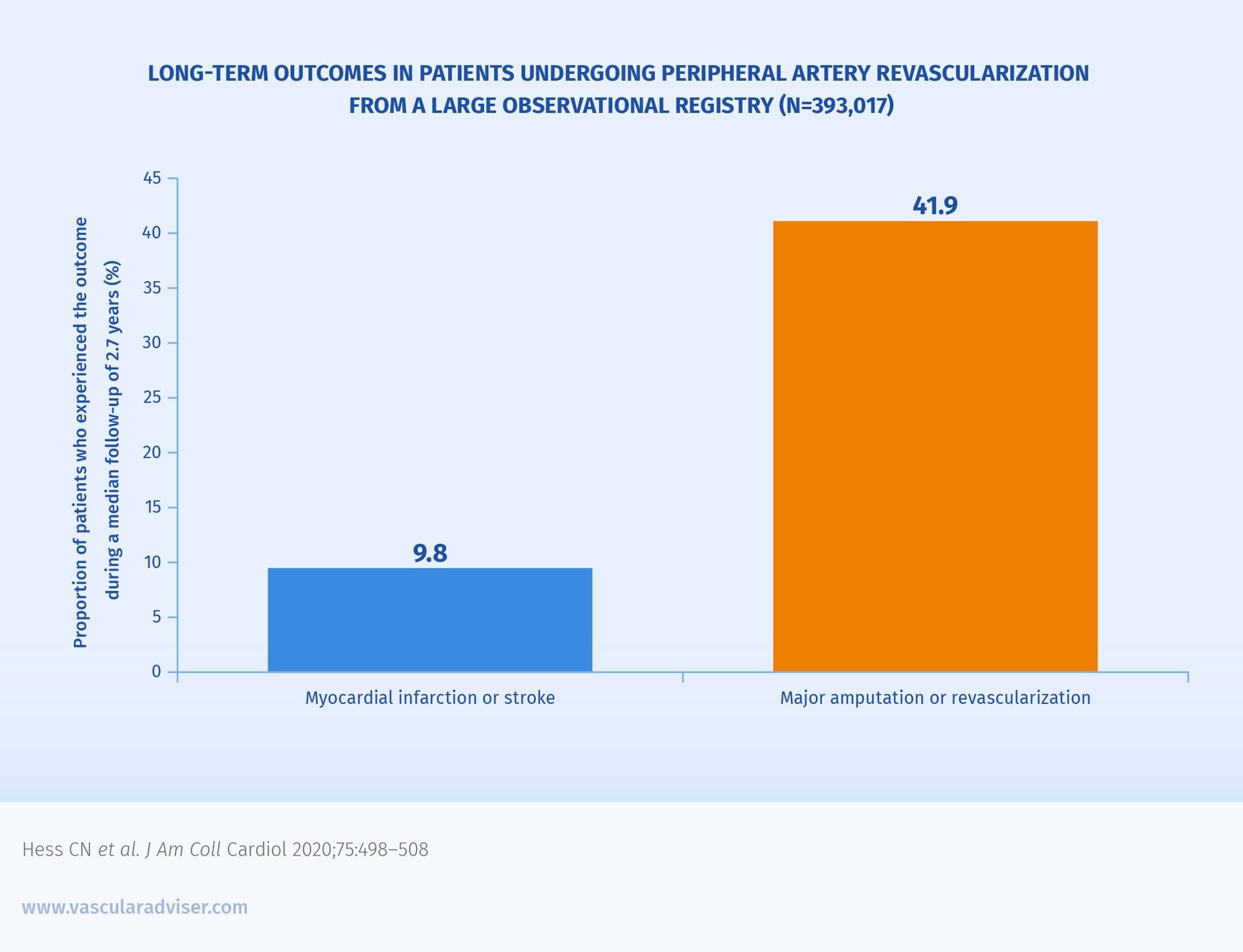What patients may ask
Is coronary artery disease (CAD) fatal?
CAD is not itself fatal, but left unmanaged it can lead to potentially fatal events such as heart attack and stroke. Patients with CAD can reduce the risk of these events by making changes to their diet, increasing the amount of exercise that they do, losing weight and giving up smoking.1,2 The risk of fatal events can also be reduced by medications that reduce blood pressure, lower cholesterol and make clots less likely to form in the blood.1,2 Patients who have diabetes and CAD should also make sure their diabetes is well-controlled.1,2
Is coronary artery disease (CAD) serious?
In patients with CAD, fatty deposits have narrowed the arteries of the heart, making it harder for blood to flow to the heart muscle.3 In some cases, these deposits can form clots that cause a heart attack if they block an artery in the heart.3
Patients with fatty deposits in the arteries of their heart are also likely to have similar deposits elsewhere in their body; if these restrict blood flow to parts of the brain, they can cause a stroke.3,4
The risk of heart attack and stroke can be reduced by losing weight, eating a healthy diet, exercising more and giving up smoking.1,2 Patients with CAD can also benefit from medications that reduce blood pressure, lower cholesterol and make blood clotting less likely.1,2
Is peripheral artery disease (PAD) curable?
PAD is not curable, although the risk of serious complications can be reduced in many ways. The symptoms of PAD arise when arteries in the legs are narrowed or become blocked.5 In severe cases of PAD, a surgeon can restore blood flow, although this does not address the underlying causes of PAD.6 To reduce the likelihood of serious PAD complications, patients with PAD can make changes to their lifestyle such as eating a healthier diet, exercising more regularly, losing weight and giving up smoking. They may also benefit from medications that reduce blood pressure, lower cholesterol and make blood less likely to clot.7
Why do I have to take my medication every day?
Taking medication every day gives the best possible chance of that treatment working. Patients with atherosclerosis may not experience any symptoms, so there might not be any obvious effect from taking medication. However, many medications prescribed for coronary artery disease and peripheral artery disease are given to reduce the risk of events such as heart attack and stroke and, by not taking them, this risk will not be reduced.1,2,7 Please visit the Heart Vascular and Leg Center for more patient information.
Why do I still need to take my medications even after a peripheral revascularization procedure?
Although successful revascularization may alleviate the symptoms that have led to the surgical intervention, the risk of thrombotic events in patients after revascularization remains high.8,9 The risk of major adverse limb events is the highest in the first 2 years after peripheral revascularization.9 Therefore, continued pharmacological treatment after revascularization is important to prevent secondary adverse cardiovascular and limb events.

The risk of thrombotic events remains high after peripheral revascularization
Thrombotic event risk after peripheral revascularization
References
- Fihn SD, Gardin JM, Abrams J et al. 2012 ACCF/AHA/ACP/AATS/PCNA/SCAI/STS guideline for the diagnosis and management of patients with stable ischemic heart disease: a report of the American College of Cardiology Foundation/American Heart Association task force on practice guidelines, and the American College of Physicians, American Association for Thoracic Surgery, Preventive Cardiovascular Nurses Association, Society for Cardiovascular Angiography and Interventions, and Society of Thoracic Surgeons. Circulation 2012;126:e354–e471. Return to content
- Knuuti J, Wijns W, Saraste A et al. 2019 ESC guidelines for the diagnosis and management of chronic coronary syndromes. Eur Heart J 2020;41:407–477. Return to content
- Bentzon JF, Otsuka F, Virmani R, Falk E. Mechanisms of plaque formation and rupture. Circ Res 2014;114:1852–1866. Return to content
- Drouet L. Atherothrombosis as a systemic disease. Cerebrovasc Dis 2002;13 Suppl 1:1–6. Return to content
- Bradberry JC. Peripheral arterial disease: pathophysiology, risk factors, and role of antithrombotic therapy. J Am Pharm Assoc (2003) 2004;44:S37–S45. Return to content
- Norgren L, Hiatt WR, Dormandy JA et al. Inter-society consensus for the management of peripheral arterial disease (TASC II). J Vasc Surg 2007;45:S5–67. Return to content
- Aboyans V, Ricco JB, Bartelink MEL et al. 2017 ESC guidelines on the diagnosis and treatment of peripheral arterial diseases, in collaboration with the European Society for Vascular Surgery (ESVS): document covering atherosclerotic disease of extracranial carotid and vertebral, mesenteric, renal, upper and lower extremity arteries. Eur Heart J 2018;39:763–816. Return to content
- Baumgartner I, Norgren L, Fowkes FGR et al. Cardiovascular outcomes after lower extremity endovascular or surgical revascularization: the EUCLID trial. J Am Coll Cardiol 2018;72:1563–1572. Return to content
- Hess CN, Wang TY, Weleski Fu J et al. Long-term outcomes and associations with major adverse limb events after peripheral artery revascularization. J Am Coll Cardiol 2020;75:498–508. Return to content


